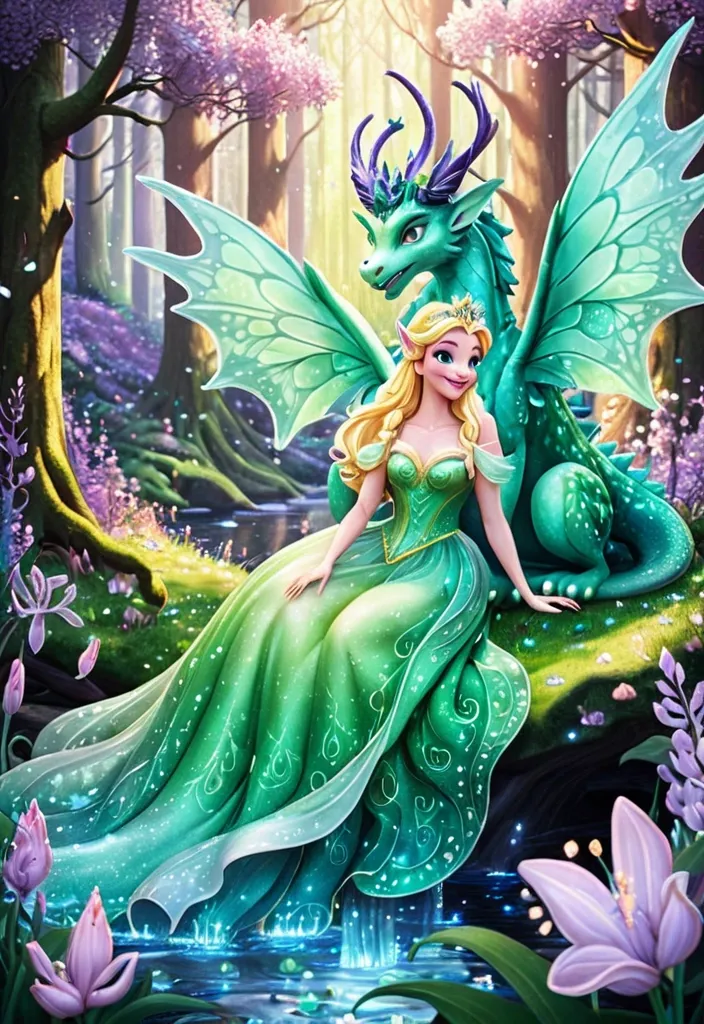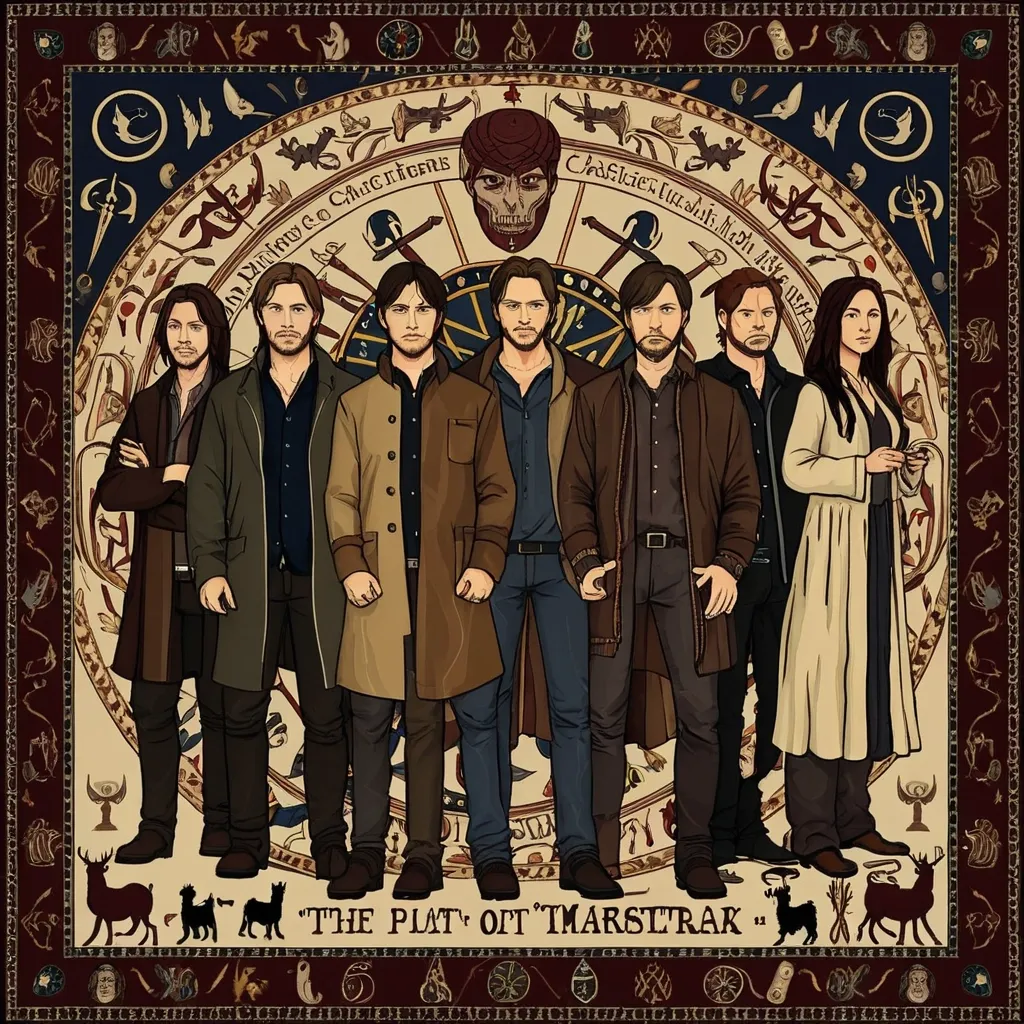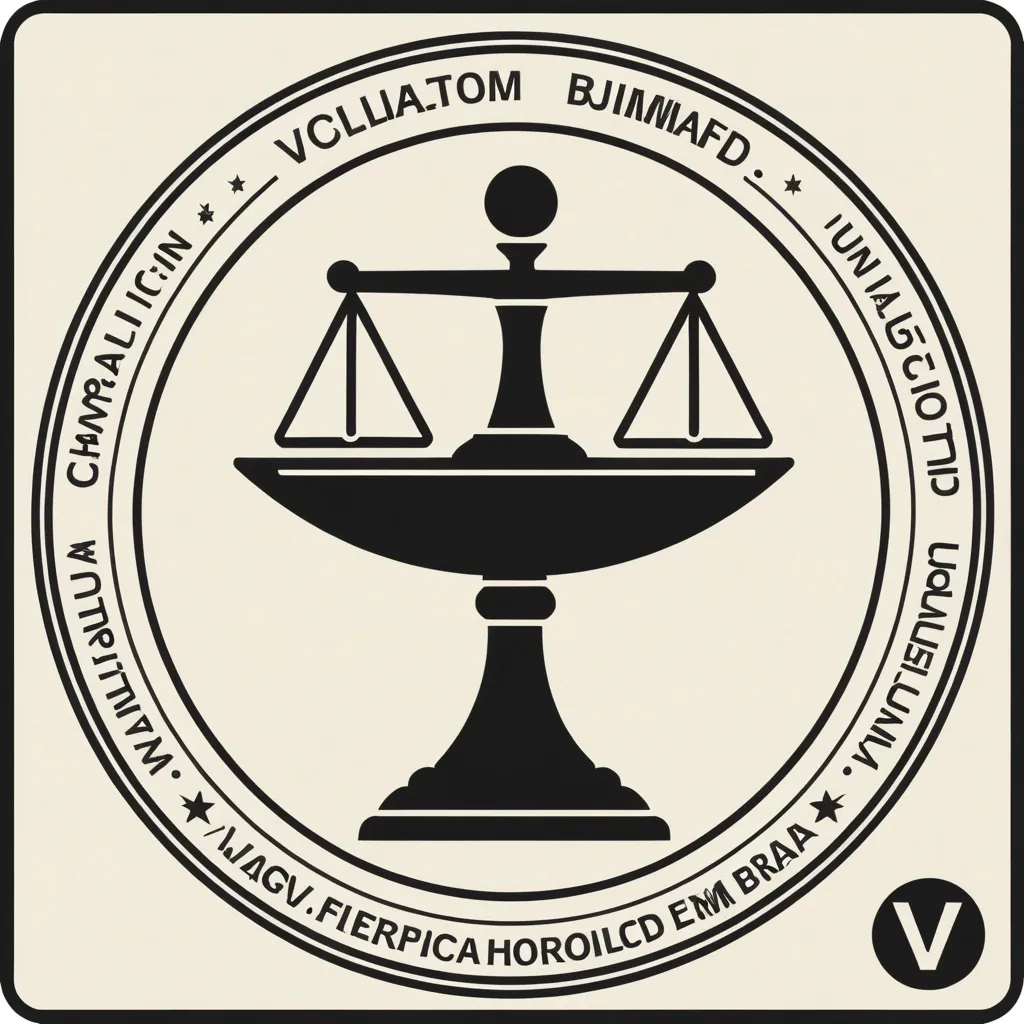Search Results for tie
Explore AI generated designs, images, art and prompts by top community artists and designers.

Ultra-realistic portrait of a young woman outdoors during golden hour , natural beauty , soft warm skin tones , detailed skin texture with subtle glow , large blue-gray eyes , long eyelashes , defined eyebrows , soft pink makeup. Long blonde hair in a high ponytail , a few loose strands framing her face , long blue ribbon tied in her hair. Delicate oval face , soft nose and youthful lips , light blush on cheekbones. Wearing a white lace-trimmed top with thin straps , semi-transparent fabric details. Cinematic composition , shallow depth of field , smooth bokeh background , warm sunset lighting , gentle rim light on hair , 50mm portrait lens , f/1.8 , 8K hyperreal photography , precise focus on eyes , soft dynamic highlights and shadows. Mood: serene , soft expression , natural elegance ,

Características del producto: Nachos On The Go con Queso Cheddar 🧀 Sabor intenso y auténtico: Elaborados con maíz natural y un toque de sal , los nachos ofrecen un sabor tradicional y equilibrado que combina perfectamente con la salsa de queso cheddar cremosa. 🌽 Textura crujiente: Gracias a su proceso de horneado controlado , los nachos mantienen una textura ligera , firme y crocante hasta el momento de consumirlos. 🍯 Salsa cheddar lista para disfrutar: La salsa tiene una consistencia suave y sabor intenso a queso , envasada en porciones individuales para conservar su frescura y practicidad. 🌎 Empaque ecológico y funcional: Presentados en envase de cartón kraft reciclable , con compartimiento interno que evita derrames y mantiene la calidad del producto. 🚶♀️ Porción individual y práctica: Ideal para consumir en movimiento , en la universidad , el trabajo o al viajar; tamaño compacto que facilita su transporte y almacenamiento. 💛 Diseño atractivo y moderno: Su presentación en tonos mostaza y tierra resalta su origen natural y su propuesta de marca sostenible y juvenil. ,

Masterpiece: Sacred geometry infographic: Eine siebenstufige Kristalltreppe die vom Erdboden zum Himmel aufsteigt. Jede Stufe repräsentiert eine Klarheits-Ebene mit ihrem Symbol: 1. Auge (Wahrnehmung) , 2. Gehirn (Gedanken) , 3. Mund (Wort) , 4. Herz (Gefühl) , 5. Hand (Handlung) , 6. zwei verbundene Kreise (Beziehung) , 7. strahlender Punkt (Sein). Klare Textintegration entlang der Treppe. Stil: Modern esoterisch mit klaren Linien und transparenten Ebenen. --ar 16:9 --style raw --v 6 ``` ,

Make a tapestry image similar to the Bayeaux Tapestry. Look up the image at https://en.wikipedia.org/wiki/Bayeux_Tapestry. The tapestry should illustrate characters from the TV show titled Supernatural. Include Sam and Dean Winchester , Castiel , Bobby Singer , Jody Mills , Abaddon , Crowley and Rowena. ,

Crea un guion cinematográfico de 30 segundos con estilo western moderno y tono épico mexicano. Escena 1 (5s): La cámara enfoca el cielo despejado sobre las montañas. Se escucha el viento. De pronto , las nubes se tornan oscuras y una tormenta eléctrica se aproxima. El sonido del trueno anuncia un cambio. Escena 2 (10s): Transición suave al atardecer. Dos hombres están sentados bajo un árbol , frente a una mesa de madera. Sobre la mesa hay un mapa viejo con líneas rojas y una botella de tequila. Comparten un trago en silencio. Escena 3 (10s): El hombre de la camisa clara se levanta con enojo y apunta al mapa donde se lee “Ciudad de México”. Golpea la mesa con fuerza. El viento levanta polvo. Escena 4 (5s): Ambos hombres se miran con determinación y chocan los vasos de tequila. Una voz en off grave dice: “Por la tierra , por la libertad… por México.” Termina con un fundido al negro y la frase en pantalla: “La soberanía no se negocia.” ,

Crea un guion cinematográfico de 30 segundos con estilo western moderno y tono épico mexicano. Escena 1 (5s): La cámara enfoca el cielo despejado sobre las montañas. Se escucha el viento. De pronto , las nubes se tornan oscuras y una tormenta eléctrica se aproxima. El sonido del trueno anuncia un cambio. Escena 2 (10s): Transición suave al atardecer. Dos hombres están sentados bajo un árbol , frente a una mesa de madera. Sobre la mesa hay un mapa viejo con líneas rojas y una botella de tequila. Comparten un trago en silencio. Escena 3 (10s): El hombre de la camisa clara se levanta con enojo y apunta al mapa donde se lee “Ciudad de México”. Golpea la mesa con fuerza. El viento levanta polvo. Escena 4 (5s): Ambos hombres se miran con determinación y chocan los vasos de tequila. Una voz en off grave dice: “Por la tierra , por la libertad… por México.” Termina con un fundido al negro y la frase en pantalla: “La soberanía no se negocia.” Créalo como si fuera una caricatura ,

Crea un guion cinematográfico de 30 segundos con estilo western moderno y tono épico mexicano. Escena 1 (5s): La cámara enfoca el cielo despejado sobre las montañas. Se escucha el viento. De pronto , las nubes se tornan oscuras y una tormenta eléctrica se aproxima. El sonido del trueno anuncia un cambio. Escena 2 (10s): Transición suave al atardecer. Dos hombres están sentados bajo un árbol , frente a una mesa de madera. Sobre la mesa hay un mapa viejo con líneas rojas y una botella de tequila. Comparten un trago en silencio. Escena 3 (10s): El hombre de la camisa clara se levanta con enojo y apunta al mapa donde se lee “Ciudad de México”. Golpea la mesa con fuerza. El viento levanta polvo. Escena 4 (5s): Ambos hombres se miran con determinación y chocan los vasos de tequila. Una voz en off grave dice: “Por la tierra , por la libertad… por México.” Termina con un fundido al negro y la frase en pantalla: “La soberanía no se negocia.” Créalo como si fuera una caricatura ,

A pale woman with cemetery blue skin , stitched with thread , wearing a patchwork grey shroud. A shocking hot pink sash is tied around her waist , with a rose of thread. Her gentle grace and quiet sadness are evident in her face. The scene is rendered in a poignant , slightly unsettling surrealist style , with a soft , glowing pink light emanating from the sash , contrasting with the muted blues and greys. Inspired by the evocative textile art of Louise Bourgeois and the melancholy portraits of Egon Schiele , with a touch of the vibrant colorism of Frida Kahlo. ar-9:16 ,

A pale woman with cemetery blue skin , stitched with thread , wearing a patchwork grey shroud. A shocking hot pink sash is tied around her waist , with a rose of thread. Her gentle grace and quiet sadness are evident in her face. The scene is rendered in a poignant , slightly unsettling surrealist style , with a soft , glowing pink light emanating from the sash , contrasting with the muted blues and greys. Inspired by the evocative textile art of Louise Bourgeois and the melancholy portraits of Egon Schiele , with a touch of the vibrant colorism of Frida Kahlo. ar-9:16 ,

"Ilustración de cuento de hadas para niños , estilo acuarela brillante , colores pastel vibrantes , estilo libro de cuentos. Se ve a la Princesa Aurora , de unos 7 años , con un vestido rosa claro y pelo rubio brillante , de pie al borde de un bosque mágico. El bosque tiene árboles altos con hojas azules y moradas que brillan suavemente. Aurora mira hacia adentro del bosque con una expresión de curiosidad y un poco de asombro , sosteniendo una linterna pequeña que emite una luz dorada. Un camino de adoquines musgosos se extiende hacia la profundidad del bosque. El ambiente es misterioso pero amigable , con mariposas luminosas volando a su alrededor." ,

"Ilustración de cuento de hadas para niños , estilo acuarela brillante , colores pastel vibrantes , estilo libro de cuentos. La Princesa Aurora y el dragón bebé verde esmeralda están sentados juntos sobre una gran roca cubierta de musgo , en un claro soleado del bosque. Aurora sostiene un cristal brillante de color arcoíris que acaban de encontrar , y el dragón lo mira con una expresión de alegría. Ambos tienen amplias sonrisas. El sol se filtra entre las copas de los árboles , creando halos de luz. A su alrededor , hay pequeñas criaturas del bosque (conejitos , ardillas) observándolos con curiosidad. La escena irradia felicidad , descubrimiento y la belleza de la amistad , sugiriendo el inicio de muchas más aventuras." ,

"Continuando con la ilustración de cuento de hadas para niños , estilo acuarela brillante y colores pastel vibrantes. La Princesa Aurora está ahora más adentro del bosque mágico. Delante de ella , flotando suavemente entre flores gigantes de color lila , hay un pequeño y adorable dragón bebé. El dragón es de color verde esmeralda con pequeñas alas irisadas , y sus ojos grandes y redondos miran a Aurora con amistad y curiosidad. Aurora extiende una mano hacia él con una sonrisa tierna y cautelosa. Al fondo , se ven más árboles brillantes y un pequeño riachuelo de agua centelleante. La luz del bosque es suave y cálida." ,

A surreal cityscape at twilight , with buildings morphing into abstract shapes and ethereal figures dancing in the moonlight. Streaks of golden light cut through the inky sky , reflecting off a flowing river of iridescent colors. Text elements from the lyrics are subtly integrated into the architecture and environment. The scene evokes a sense of wonder and the duality of human experience , a blend of joy and melancholy , certainty and doubt. Style: Digital painting , inspired by the visionary art of Alex Grey and the dreamlike qualities of Salvador Dalí. Color Palette: Rich purples , deep blues , luminous golds , and stark whites , with a gradient flow across the entire image. Lighting: Dramatic moonlight casting long , expressive shadows , with glowing elements and subtle internal illumination from the cityscape. ar-9:16 ,

A luxurious golden stage background in widescreen format (1512x540). At the center is a glowing two-tier podium with smooth reflective surfaces. Golden beams of light radiate from above , cascading down like a spotlight , illuminating the podium. The background features elegant flowing drapery and shimmering particles , blending both dark golden tones and bright champagne highlights to create a rich , opulent atmosphere. The scene should feel majestic , cinematic , and perfect for a luxury banner or award ceremony stage design. ,

A dynamic fighting scene featuring three iconic female video game characters: Mai Shiranui (from King of Fighters) , Kitana (from Mortal Kombat) , and Christie Monteiro (from Tekken). Each character is wearing their signature sexy fighting outfits: Mai in her revealing red kunoichi costume with flowing sash and fan in hand; Kitana in her tight blue ninja bodysuit holding her steel fans; Christie in her colorful , form-fitting capoeira attire with bare midriff. The background is an intense , dramatic fighting arena illuminated with spotlights and smoke. The characters are in action poses , mid-fight , with motion blur to emphasize movement. The style is highly detailed , realy yet stylized , 4k resolution , dynamic lighting , cinematic composition. ,

Logo moderno y colorido con el texto “Sabores del Mundo”. El diseño debe incluir un globo terráqueo estilizado y un tenedor y cuchara cruzados alrededor , transmitiendo la idea de gastronomía internacional. Estilo minimalista , con colores vivos (rojo coral , amarillo cálido , verde fresco , azul brillante , azul oscuro). Fondo blanco o transparente , aspecto limpio y profesional , ideal para una página web de cocina. ,













